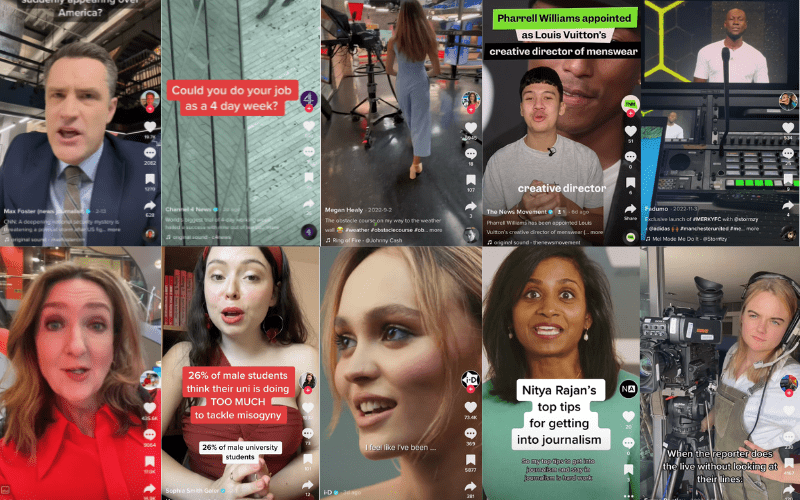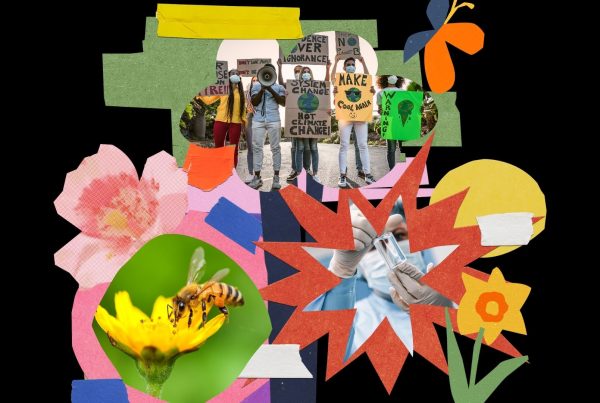If you’re making video or social content for Gen Z, it’s not about throwing things out there and hoping they land. They’re sharp, fast-moving, and split across all kinds of platforms and subcultures, but the data gives us some pretty clear signals on what actually works.
Edelman’s Great Gen Z Divide report digs into the two waves of Gen Z, the younger crew (13 – 22) and the older (23 – 29) and how differently they watch, trust, and engage.
Here’s what stood out from the research, and what it means for the way we think about video and social right now.
Keep it platform-specific
Gen Z 2.0 (13–22) live in TikTok-native culture: fast, visual bursts, memes, and algorithms shaping what they see minute by minute. Gen Z 1.0 (23–29) came of age in a different moment, one defined by Instagram, activism, and longer-form storytelling. They seek deeper context, clarity, and meaning.
What this means for you:
-
Don’t push one cut everywhere. Build short, vertical edits (15–30s) for TikTok, Reels, and Shorts, and pair them with longer, story-driven versions for YouTube or streaming platforms.
-
Use platform-native formats. Stitches, duets, and trend-driven posts work with younger Gen Z, while contextual explainers and episodic series land better with the older cohort.
-
Recognise tone differences. Gen Z 1.0 respond to values-led clarity. Gen Z 2.0 are meme-native and quick to disengage if the tone feels off.

Use real, trusted voices
Edelman’s data shows Gen Z trust brands more than organisations, but that trust is fragile. Eighty-four percent say trust is a dealbreaker when deciding what to buy.
They expect organisations to:
-
make them feel good (72%)
-
give optimism (65%)
-
support them to do good things (66%)
-
provide community (58%)
Younger Gen Z look first to peers, creators, and grassroots voices. Older Gen Z focus on transparency, proof of intent, and lived values.
What this means for you:
-
Show faces, not logos. Use creators, lived-experience voices, and peers to front campaigns.
-
Build transparency. Behind-the-scenes videos, Q&As with staff, and explainers resonate strongly with older Gen Z.
-
Go beyond “authenticity.” Think about whether your content delivers optimism, education, or community, not just relatability.

Make it personal
Gen Z feeds are hyper-personalised, and Edelman highlights a split in how they want purpose delivered. Gen Z 1.0 respond to urgency and moral clarity. Gen Z 2.0, shaped by crisis and algorithm overload, are emotionally taxed and prefer reassurance, realism, and simplicity.
What this means for you:
-
Frame narratives through first-person voices: “what this means for me,” not “for all young people.”
-
For younger Gen Z, keep the tone simple and emotionally supportive. For older Gen Z, lean into urgency and clarity.
-
Use interactive formats like polls, quizzes, and Q&As to invite personal connection.
-
Highlight individuality in case studies. Show complexity, not archetypes.

Guidance for your team
Edelman underlines that Gen Z’s fragmentation goes beyond age. Geography, career path, and algorithms all shape how they see the world.
-
Education and work: 77% say the college path is outdated, and half of Gen Z men are considering trade careers over degrees
-
Geography: Rural Gen Z are nearly 20% less likely than urban peers to believe they can find good jobs.
-
Algorithms: 44% accept that “the algorithm will shape their behaviour,” but 83% also admit to having an unhealthy relationship with their phones
What this means for you:
-
Lead with short, vertical cuts (15–30s) that grab attention immediately.
-
Plan content using the hero + hub + help model: one hero film to anchor the message, mid-tier cuts to strengthen community engagement, and smaller clips that answer real questions.
-
Keep edits flexible so you can quickly adapt with trending sounds, captions, or memes as culture shifts.
-
Balance digital with real-world activations. Offline experiences, events, or campaigns that encourage unplugging can cut through digital fatigue.
-
Track who is telling your story. Balance peers, lived-experience voices, influencers, and staff so the messenger always feels credible and relatable.


